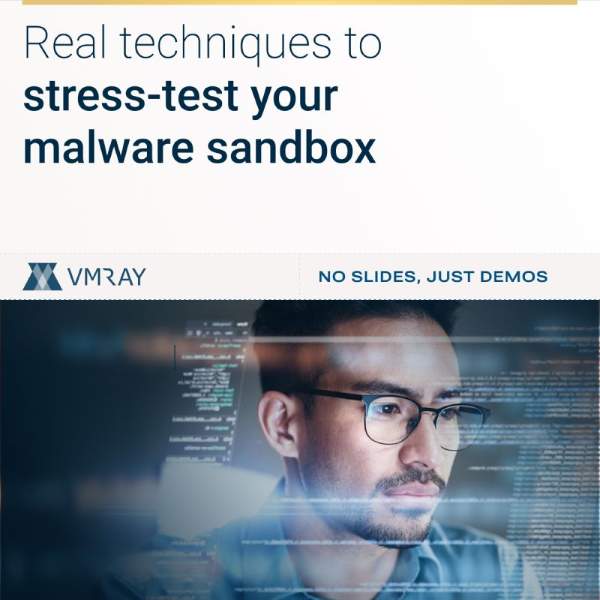Chapter 4: Crafting an effective Cyber Threat Intelligence Framework
In the intricate realm of cybersecurity, the effectiveness of a Cyber Threat Intelligence (CTI) program hinges upon its alignment with the organization’s unique landscape. Simply accumulating data isn’t enough; relevance is key.
The true power of CTI emerges when it empowers an organization to fortify its security operations and manage cyber risks more confidently. This chapter delves into a strategic guidance framework that facilitates the creation of impactful CTI programs.
Maximizing the relevance of Threat Intelligence
To effectively defend against the ever-evolving threat landscape, a CTI program must transcend generic approaches. The value of CTI to an organization lies not just in the accumulation of information, but in its precise applicability. Threat actors are forming professionalized groups, harnessing greater resources to craft novel and increasingly targeted attacks, specific to industries, organizations, or even certain users. The emergence of technologies like generative AI further amplifies this threat landscape, emphasizing that generic threat intelligence falls short in providing comprehensive coverage.
By tailoring threat intelligence to the organization’s specific needs, you can get a more comprehensive and relevant view of the threat landscape emerges. This approach, fusing externally sourced intelligence with self-generated insights, creates a powerful synergy—the “best-of-both-worlds” strategy.
The power of internal threat intelligence generation: How to select the right solution
As advanced malware plays a pivotal role in cyber attacks, organizations possess an invaluable resource—the stream of malware and phishing alerts from internal security controls. However, the challenge lies in effectively harnessing this deluge of alerts. Manual analysis by expert researchers can provide valuable insights, but it’s impractical for the sheer volume of samples involved. Here, the integration of automated malware analysis takes center stage, enabled by a technology that blends various analysis methods.
Compatibility and compliance
Selecting the right technology to facilitate the creation of threat intelligence from malware and phishing alerts is paramount. A holistic approach considers several key factors. Scalability demands automation—seamless integration with the security environment to ingest alerts and extract reliable, actionable Indicators of Compromise (IOCs) and behavioral insights. The tool’s compatibility with existing security frameworks, formats, and tools is equally pivotal. Compliance with confidentiality requirements ensures the security of sensitive data, offering deployment options that meet rigorous standards.
Detecting and analyzing the highly evasive malware
The persistence of advanced malware highlights the criticality of a tool’s resistance to evasion techniques. Malicious actors design malware to thwart analysis; hence, the chosen tool must withstand evasion and avoidance attempts. Overlooking even a single evasive behavior compromises the reliability of generated CTI. By embracing cutting-edge sandboxing technology, organizations can effectively expose and analyze advanced malware, fortifying their defense strategy.
Crafting a Future-Ready CTI Framework
As the cyber threat landscape continues to evolve, the relevance of CTI becomes ever more vital. By combining the strengths of external threat intelligence consumption and internal intelligence generation, organizations can forge a resilient CTI strategy.
From scalability to compliance, from technology selection to evasion resistance, every facet is meticulously woven into a seamless fabric of proactive defense.


